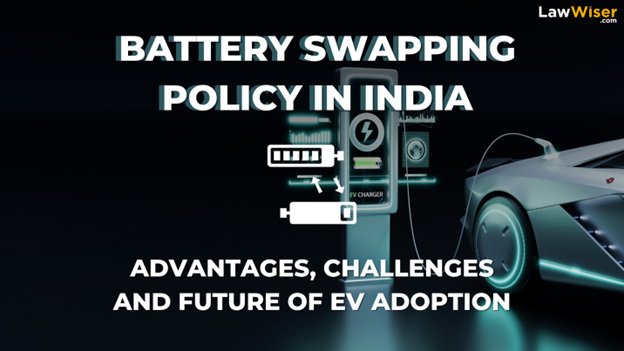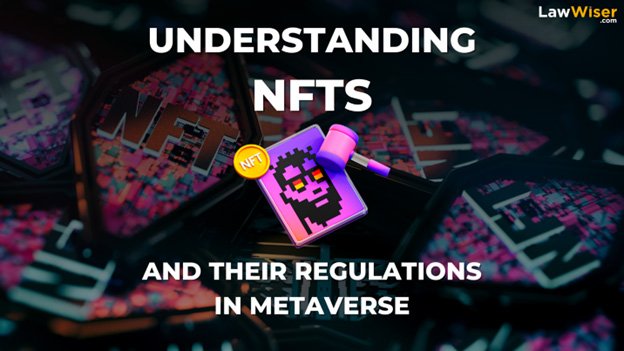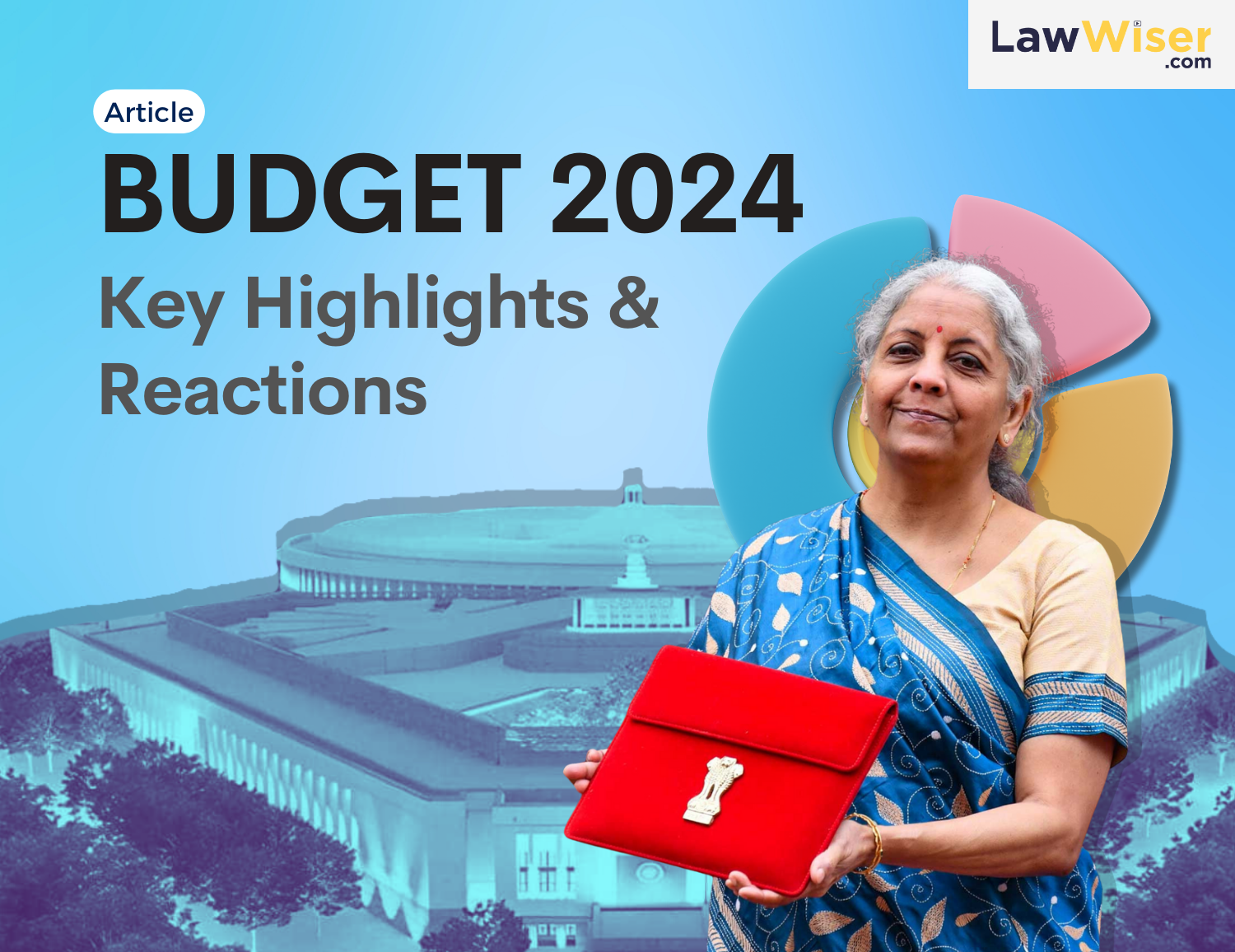India is a prominent player in the worldwide two-wheeler industry, accounting for a large portion of the country’s GDP, with two-wheelers accounting for the majority of that. However, the business has seen tremendous change in recent years as a result of technological improvements, government regulations, and the country’s desire for green mobility. The Indian government has set a goal of transitioning the country to 100% electric vehicles by 2030, and initiatives like FAME I & II and the Production Linked Incentive Scheme have been designed to stimulate EV adoption.
EV adoption is still hampered by issues such as charging infrastructure and range anxiety. In response, the Indian government’s think tank, NITI Aayog, released a draft policy enabling battery swapping (“BS”) for two and three-wheelers to improve resource efficiency and speed EV adoption. The policy’s goal is to deliver customer-focused services while also assuring the responsible use of public monies, land, and raw materials for advanced cell batteries.
Policy Brief
The draft policy recommends lowering the tax differential on lithium-ion batteries and EV supply equipment, providing incentives for EVs with swappable batteries, and establishing a minimum contract period between EV users and battery providers. State governments must ensure that public charging stations have low-cost charges, and municipal governments must plan and allocate land for BS stations. The policy also suggests that each swappable battery and charging station be assigned a unique identification number. BS stations will be constructed at various sites, and Transport Departments and State Transport Authorities will make it easier to register vehicles equipped with swappable batteries. The policy seeks to increase the adoption of EVs with swappable batteries while also encouraging the development of BS infrastructure.
Why Battery swapping?
The Indian government’s BS has various advantages, one of which is reduced downtime. The strategy will greatly assist India’s e-commerce fleet, which is needed in several states to be fully electrified. Riders’ top worries include range anxiety, charging time, and finding charge stations. BS allows the rider to effortlessly swap a drained battery with a charged one, similar to refueling at a petrol station. In the future, this will most likely replace ordinary filling stations. This model has already been adopted by brands such as Ampere, Bounce Infinity, and Okinawa.
Furthermore, the strategy aims to make electric mobility more affordable by tackling battery costs, which account for about 40-50 % of the cost of an electric vehicle. Consumers can now acquire a battery-free scooter from OEMs under the BaaS policy, cutting the initial cost. This policy will make EVs more affordable, resulting in increased sales.
The BS strategy also includes interoperability standards to standardize battery packs across brands and vehicle categories. Consistent batteries will have uniform ownership costs, will not weigh more than 10 kg, and have a minimum capacity of 1 kWh, making them easy to swap. Furthermore, each battery must be granted a unique identification number to ensure traceability throughout the battery lifecycle. The user will be able to track battery performance data and usage history, reducing range anxiety.
Issues with Battery Swapping
While the BS strategy has the potential to make EVs more accessible and convenient, it faces various hurdles, including:
- The expense of constructing and maintaining bs infrastructure can be prohibitively expensive, discouraging private investors from investing. Furthermore, because there are no common requirements for batteries, connectors, or the changing procedure, interoperability across different BS stations and EV models could be a serious concern. The absence of uniformity may result in higher prices and uncertainty for EV owners.
- BS necessitates the use of precious and costly resources such as lithium and cobalt, and the building of BS facilities may result in land-use conflicts and environmental problems.
- The availability and affordability of EVs, as well as the ability of the Indian EV sector to build sufficient numbers of EVs to fulfill demand, are likely to limit the adoption of BS.
- The lack of government supervision in the low-speed electric scooter business is the key driver, and it is unlikely that these consumers want to employ swappable lithium-ion batteries, which would subject them to government regulation.
Final Words
By fostering the construction of a BS infrastructure, India’s BS policy intends to boost the adoption of electric two and three-wheelers. While the policy provides some compelling arguments to support the policy’s focus on BS, such as the country’s high percentage of two and three-wheelers and their cost competitiveness, it is clear that several challenges remain, including limited technology adoption, investment requirements, and scalability issues. Furthermore, while the legislation is unlikely to result in considerable emissions reductions, it is an important step in decarbonizing mobility in India. Finally, to realize the full potential of electric mobility, India needs to solve several concerns, such as manufacturing capacity, infrastructure, and financing, while also encouraging innovation and collaboration among many stakeholders.



 November 1, 2023
November 1, 2023







 July 25, 2024
July 25, 2024 0 COMMENTS
0 COMMENTS



